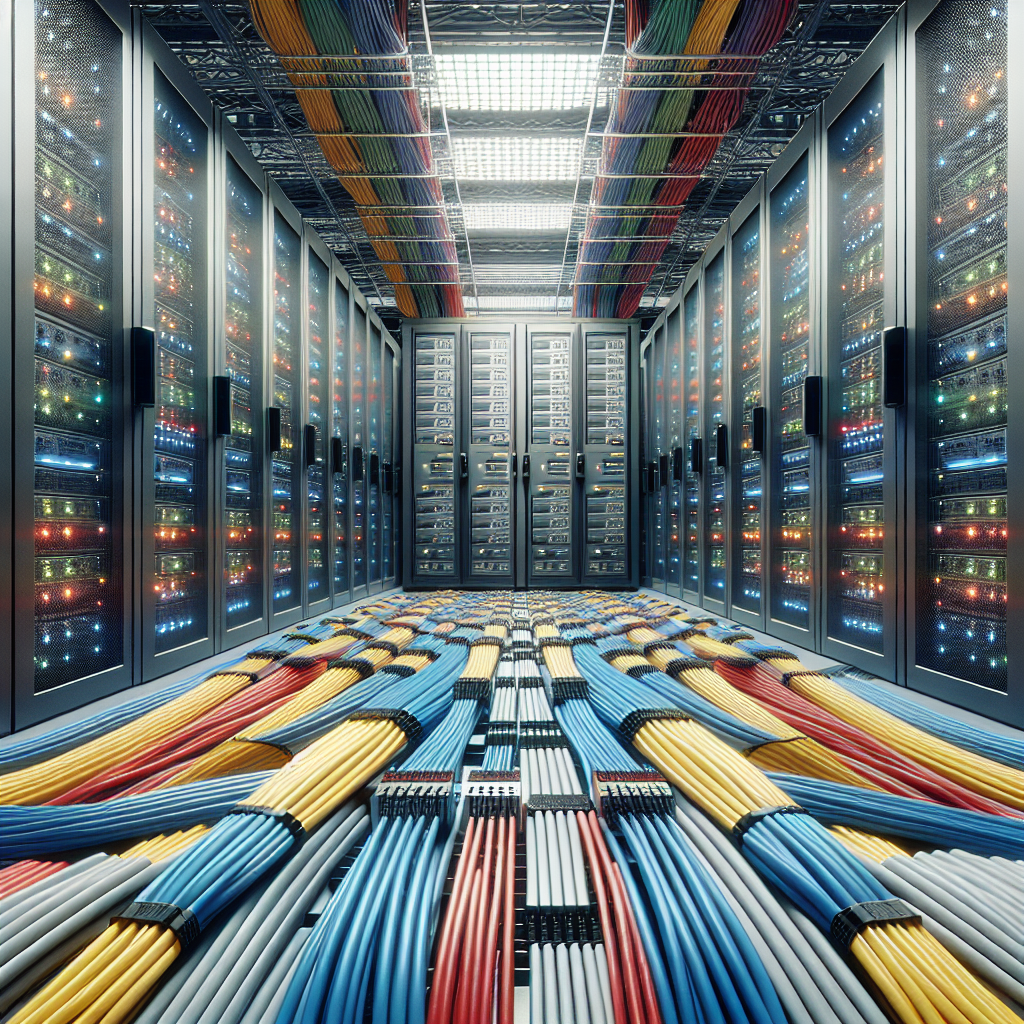Fix today. Protect forever.
Secure your devices with the #1 malware removal and protection software
In today’s data-driven world, data centers play a crucial role in storing and processing information for businesses of all sizes. However, as the demand for data continues to grow, data center efficiency has become a top priority for organizations looking to maximize performance while minimizing costs. One key factor in optimizing data center efficiency is strategic cabling design.
Cabling is the backbone of any data center, connecting servers, switches, and storage devices to ensure smooth and efficient data flow. By designing a cabling infrastructure that is organized, efficient, and scalable, organizations can improve performance, reduce downtime, and increase energy efficiency.
One important aspect of strategic cabling design is planning for growth. As data center needs evolve, it’s essential to design a cabling system that can easily accommodate new equipment and technology upgrades. By investing in high-quality, future-proof cabling solutions, organizations can minimize the need for costly and disruptive upgrades in the future.
Another key consideration in cabling design is cable management. Proper cable management not only improves airflow and cooling within the data center, but it also makes it easier to troubleshoot and maintain the system. By organizing cables neatly and labeling them clearly, IT teams can quickly identify and resolve issues, reducing downtime and improving overall efficiency.
Furthermore, choosing the right cabling technology can have a significant impact on data center efficiency. For example, fiber optic cabling offers higher bandwidth and faster data transmission speeds than traditional copper cabling, making it an ideal choice for high-performance data centers. By investing in the latest cabling technologies, organizations can future-proof their data center infrastructure and ensure optimal performance for years to come.
In addition to cabling design, organizations can also optimize data center efficiency through proper cable routing and placement. By carefully routing cables to minimize interference and congestion, IT teams can improve airflow and cooling, reducing the risk of equipment overheating and downtime. Strategic cable placement can also make it easier to access and maintain equipment, further improving operational efficiency.
In conclusion, optimizing data center efficiency through strategic cabling design is essential for organizations looking to maximize performance, reduce costs, and stay competitive in today’s fast-paced business environment. By investing in high-quality cabling solutions, planning for growth, implementing proper cable management, and choosing the right cabling technologies, organizations can create a reliable and efficient data center infrastructure that meets their evolving needs.
Fix today. Protect forever.
Secure your devices with the #1 malware removal and protection software

Leave a Reply
You must be logged in to post a comment.